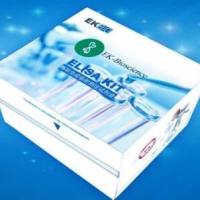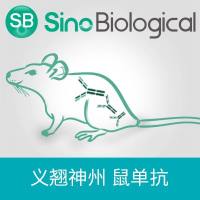Genome sequences are quickly being generated from a variety of organisms and provide researchers with an abundance of previously inaccessible information and an important source of insight into immune mechanisms. There are a variety of methods to accurately characterize genes from new genome sequences, but immune receptors pose special challenges for these techniques. Immune receptors, particularly those that directly recognize pathogens, often diverge rapidly among species and are commonly found in large, complex multigene families. Because of these characteristics, immune receptors tend to be overlooked or misannotated in large-scale genomic surveys. We describe here a computational strategy to characterize homologs of immune receptors and also to identify putative novel receptors from newly assembled genome sequences. The description of these protocols is aimed at a typical immunologist, and a substantial knowledge of bioinformatics is not expected. The approach is based on using low-stringency sequence searches to identify divergent homologs. For receptors with multiple domains, the intersection of low-stringency searches can be used to identify divergent receptor sequences with high confidence. For multigene families, these predictions can be refined using sequence conservation among gene family paralogs. This strategy has recently been useful in identifying novel expansions in immune receptors in a number of animal genomes and will likely continue to revolutionize our view of animal immunity as new genomes emerge.






